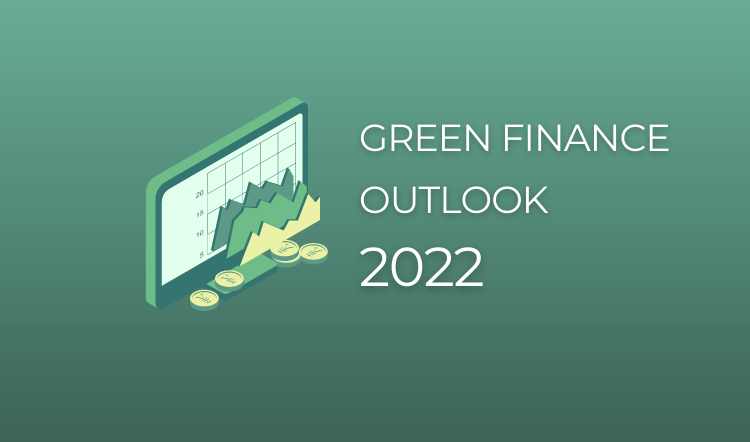Green Finance, Member Exclusive
The Green Finance outlook for 2022: Trends, concerns and new entrants
- Banking and climate fintech are set to grow closer next year, especially with new entrants coming in to bridge the gap and pair capital with clean projects.
- There will be opportunities for traditional banking institutions looking to add “green” products for consumers, but also more environmentally-focused lending solutions.








